The wage packets of our elected councillors are about to become that little bit heavier.
From April 1, new remuneration rates will see basic pay for councillors rise by around 20%.
Council leaders in Dundee, Angus, Fife, Perth and Kinross, and Stirling all now command salaries above, or close to, £50,000.
In Stirling, a 40% jump means a £14,483 increase for administration boss Gerry McGarvey.
The scale of the salary hikes have angered many, including council workers fighting a 3% pay offer.
April 1 will also see council tax rises of up to 11% for Courier country residents.
It is important to state that councillors do not set their own pay.
The latest increases followed recommendations to the Scottish Government from the Scottish Local Authorities Remuneration Committee (SLARC).
It re-convened in April 2023 at the request of local authority body Cosla to independently review councillor remuneration. The last time SLARC reported to Holyrood was 2011.
A key recommendation was a basic annual wage for every councillor equivalent to 80% of the median salary for all employees in the public sector in Scotland – £24,581.
But would you do the job for £25,000 a year?
Rewarding role or poisoned chalice?
Becoming one of Scotland’s 1,226 councillors requires no experience or qualifications – the electorate is the interview panel.
Job security stretches only as far as a five-year term of office.
For many it is a full-time role. Others take it on as a part-time, or retirement job.
Some regard it as a first step on the political career ladder in the climb to Holyrood or Westminster. Frequently, alongside a researcher or assistant post in the local parliamentary office of an MSP or MP.
Which opens the wider debate on whether party politics has any place in local government.
The role of a councillor is important, demanding, rewarding – and, more often than not, thankless.
Probably the only prerequisite is a thick skin.

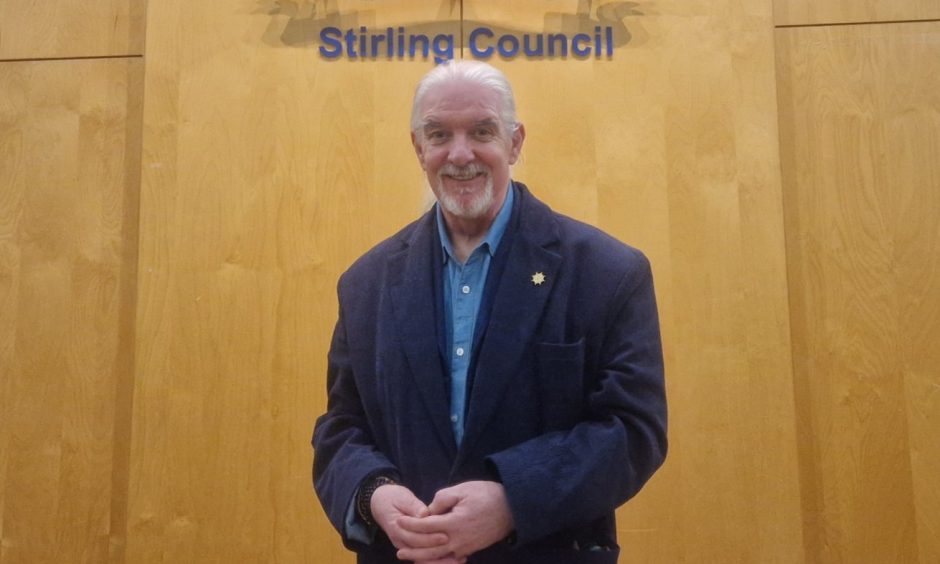
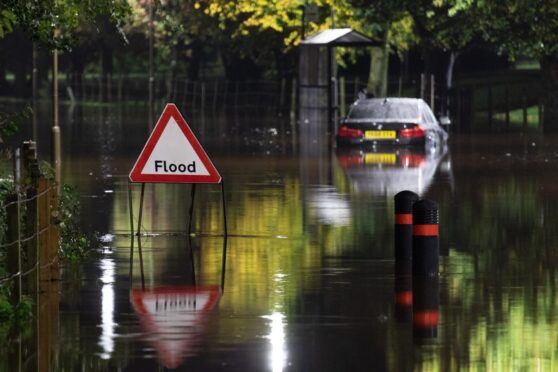
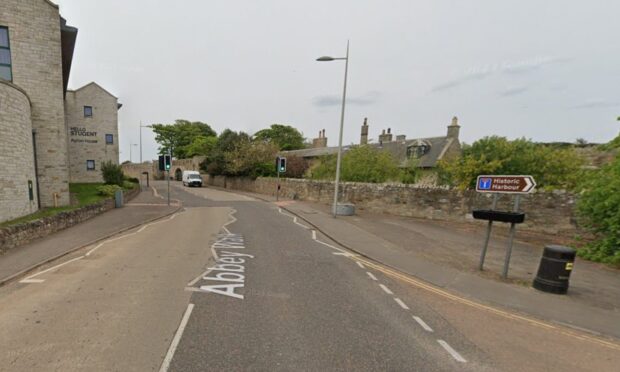

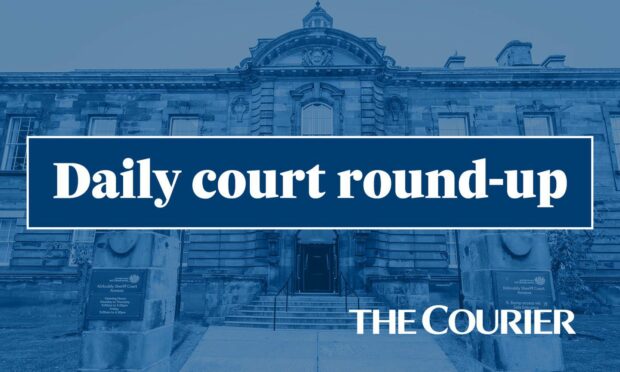
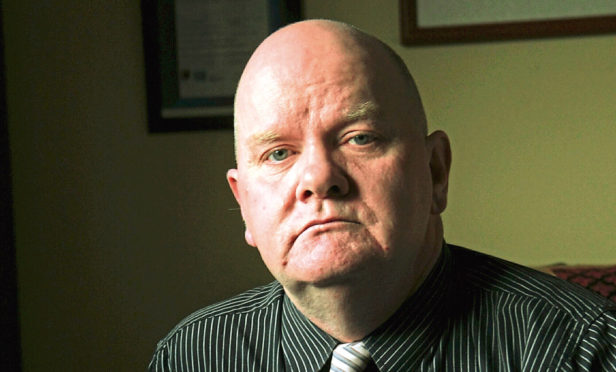
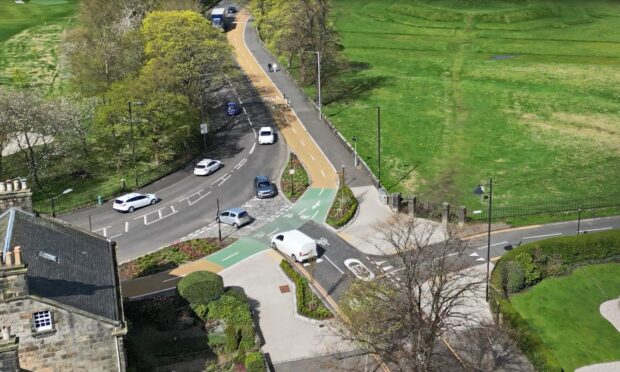




Conversation